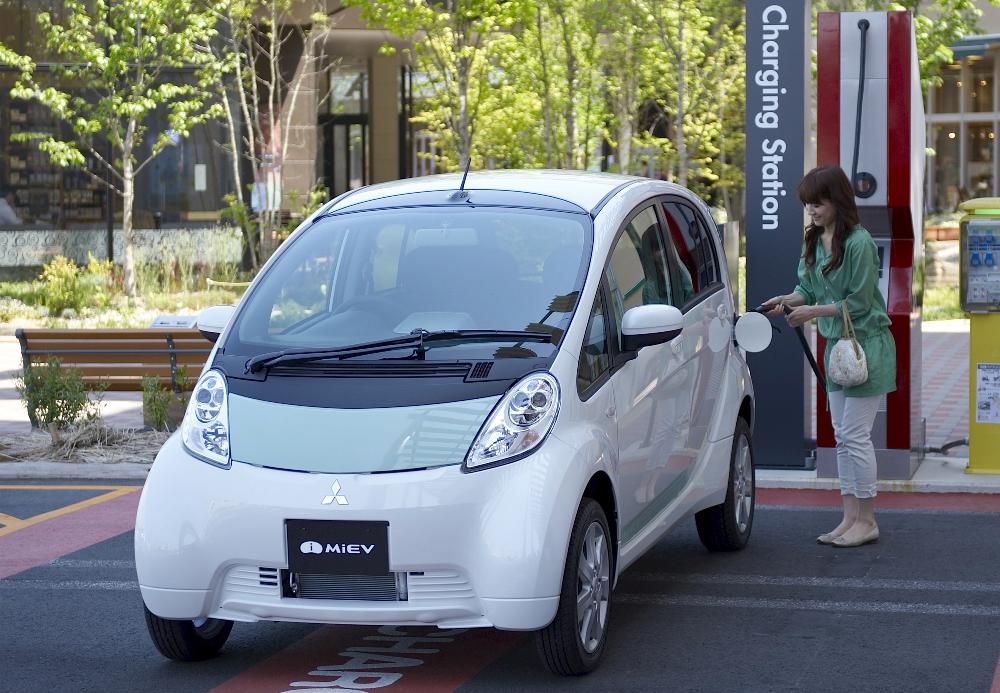We write a lot about electric cars here, and we cover clean diesels and efficient gasoline cars. But it's probably time for a little reality check.
Gasoline engines are going to be with us throughout the lifetime of anyone reading this article.
They may represent far less than the 90-odd-percent of passenger car powertrains (in the U.S.) than they do now. A mix of gasoline, electric, diesel, and even natural-gas vehicles is more likely 30 or 40 years from now. But eliminating gasoline engines globally just isn't in the cards.
"Electric vehicle shock"
We're prompted to write by an article in The New York Times that described what Japanese companies call "electric vehicle shock," or the eventual demise of much of the business around providing components for gasoline engines.
A widely circulated August study by the Shizuoka Economic Research Institute predicted that a third of Japan's $430 billion auto-parts industry could be eliminated by widespread adoption of electric vehicles. The article specifically focused on the Shizuoka region, where the figure is closer to half.

2011 Nissan Leaf prototype
Much less maintenance
Electric cars simply produce less service revenue, since they have no fanbelts, spark plugs, mufflers, transmission fluid, or most of the other service items common to gasoline cars. Even the brake pads last far longer, since most braking is done regeneratively to recharge the battery.
On a 2011 Nissan Leaf, in fact, the sole maintenance items are the tires and the wiper blades.
But the Times article also offers a bit of context. Contrary to rosy predictions by utopian green-car fans, the emergence of electric cars into global car markets will be gradual.
And it's unclear whether pure battery electric cars or various forms of plug-in hybrid--which retain gasoline engines that work in concert with the battery and electric motors--will dominate.
Slow emergence
Among other factors, volume will be constrained by caution on the part of automakers, and the need to build dozens of entirely new lithium-ion cell fabrication plants, at $100 million or more apiece. Some amount of public charging infrastructure has to be installed, and plug-in cars are still undeniably most costly to buy than comparable gasoline cars.
The 2011 Nissan Leaf and the 2011 Chevrolet Volt, to name two, cost $32,780 and $41,000 respectively, before various Federal and local incentives. Four-door compact cars with five seats start at roughly $16,000 by comparison.

Mitsubishi i-MiEV electric car at quick charging station
Estimates vary
Estimates of market takeup 10 years hence still vary by a factor of 10 between the most pessimistic and the most optimistic. A recent J.D. Power Associates report called demand for electric cars "overhyped" and suggested that hybrids and plug-in electric cars combined will represent no more than 7.3 percent of global production in 2020.
We think that may be slightly on the pessimistic side, but it's within the range predicted by a handful of the most credible auto-industry analysts.
Oliver Hazimeh, partner and head of the global e-Mobility practice at global management consulting firm PRTM, sees higher adoption rates. "By 2020," he says, "PRTM estimates that electric vehicles will have a 4 to 5 percent adoption rate; plug in hybrid electric vehicles will be at 5 to 6 percent, and hybrid electric vehicles will reach 20 percent."
2 billion vehicles globally?
Right now, the globe has roughly 800 million vehicles, and the industry builds approximately 80 million new ones each year. By some estimates, the global total could rise to 2 billion by 2050.
Even if battery electric vehicles represent one-third of global production 20 years hence, the 15-year-plus lifecycle of an average car means that far less than one-third of the global pool will be electric.
And until the electric grid covers anywhere on earth that humans can reach, there will be some duty cycles where only liquid petroleum fuels suffice. The engines that burn them will be smaller and far more efficient, but they'll still use gasoline or diesel.
We're just not seeing anyone crossing the sparsest and most remote regions of the Sahara Desert or the Siberian steppes in battery electric cars any time soon.













